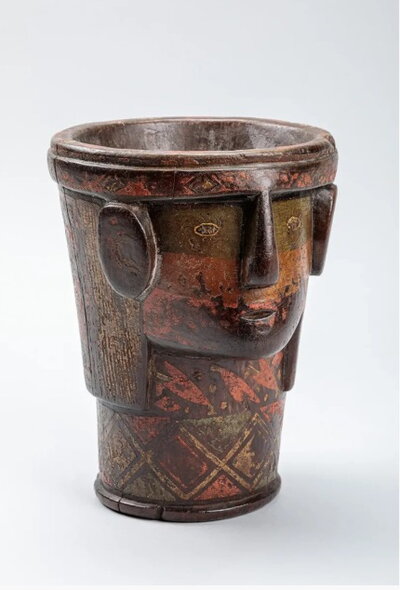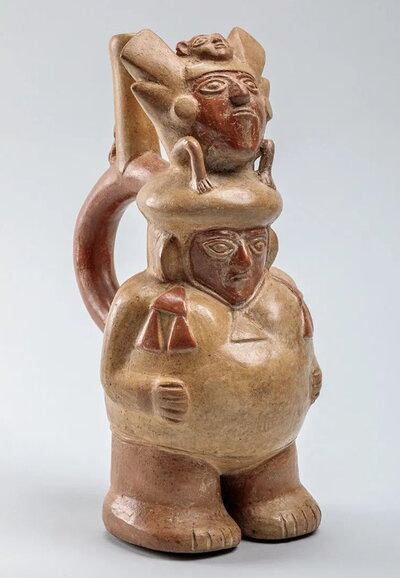
CLACS’s collaboration with the Krannert Art Museum (KAM) in the reinstallation of the Pre-Hispanic Andean Art Gallery is building interdisciplinary ties across fields of study and geographies, in this case with scholars, students, and museums from UIUC, UIC, the broader Midwest, and Peru. Spearheaded by CLACS Associate Director, Kasia Szremski, an archaeologist whose work focuses on the political economies of the north-central coast of Peru, and KAM Senior Curator and Curator of Global African Art, Allyson Purpura, the project leverages CLACS’ strength in Latin American indigenous studies.

As the hub of Latin America-focused scholarship at Illinois—with more than 140 affiliate faculty representing ten colleges—CLACS has maintained a special emphasis on the Andean region since our founding in 1963, anchored in our Quechua program and focused on interdisciplinary groups that bring in new research in Andean archaeology and art history; decolonization and the history of collecting; and student-designed museum evaluation protocol. KAM’s Andean collection consists of over 700 objects, representing approximately 3,000 years of central Andean history. Though is one of the most significant repositories of pre-Hispanic Andean art held by a public university in the nation, the current gallery installation dates from 1988, representing an outmoded exhibition style that focuses on artifacts as singular art objects separate from any sense of history, agency, or connectivity across time and space.
With the financial support of the Presidential Initiative to Celebrate the Arts and Humanities, and the Institute of Museum and Library Services, our goal is to reframe narratives around past Andean social and artistic complexities by creating an updated, socially engaged pre-hispanic Andean art exhibition which leverages the cultural richness of KAM’s collection to explore how pre-hispanic Andean artists actively engaged and experimented with visual motifs, ideas, and practices across time and space.

This approach places the emphasis on how past Andean societies were active agents in the creation of their own (art) histories. We are also explicitly engaging with the histories of looting that brought these objects to KAM through tracing object biographies from their creation and original use to their illicit and violent removal from archaeological sites and journey to the museum. Our project seeks to be reparative by actively engaging with our Peruvian colleagues and descendant communities through the creation of an adaptive digital platform that will allow students, scholars, and communities in Peru to have remote access to the exhibition as well as involvement in the research and interpretation of their cultural patrimony.
You can learn more and track the Reinstallation's timeline by visiting the Krannert Art Museum page dedicated to the effort, linked here.